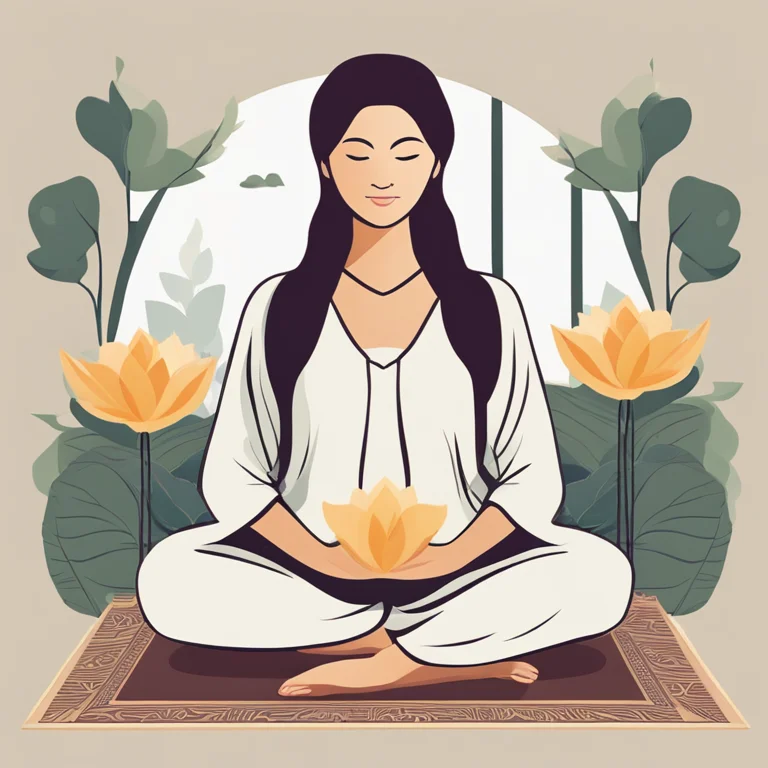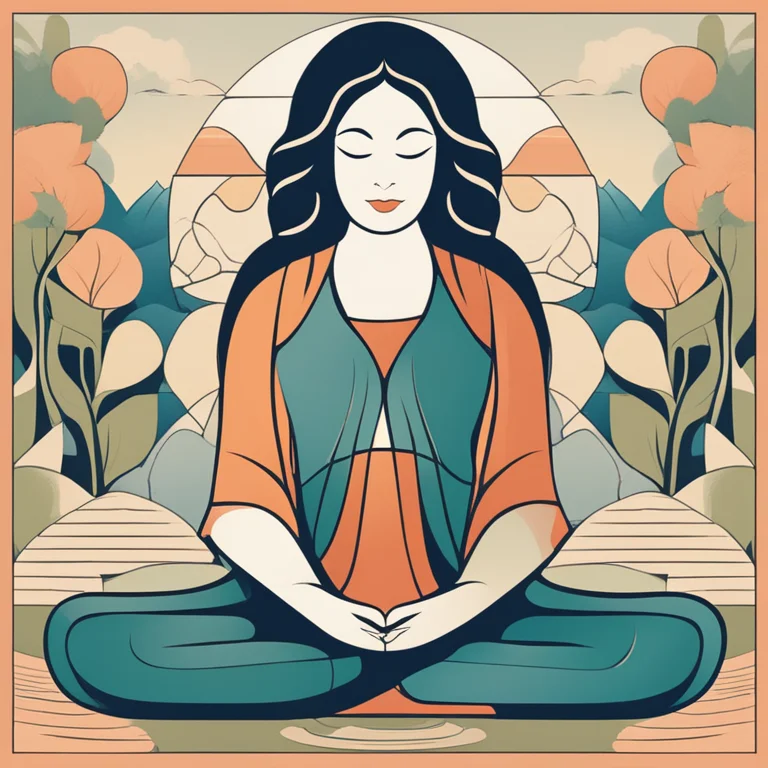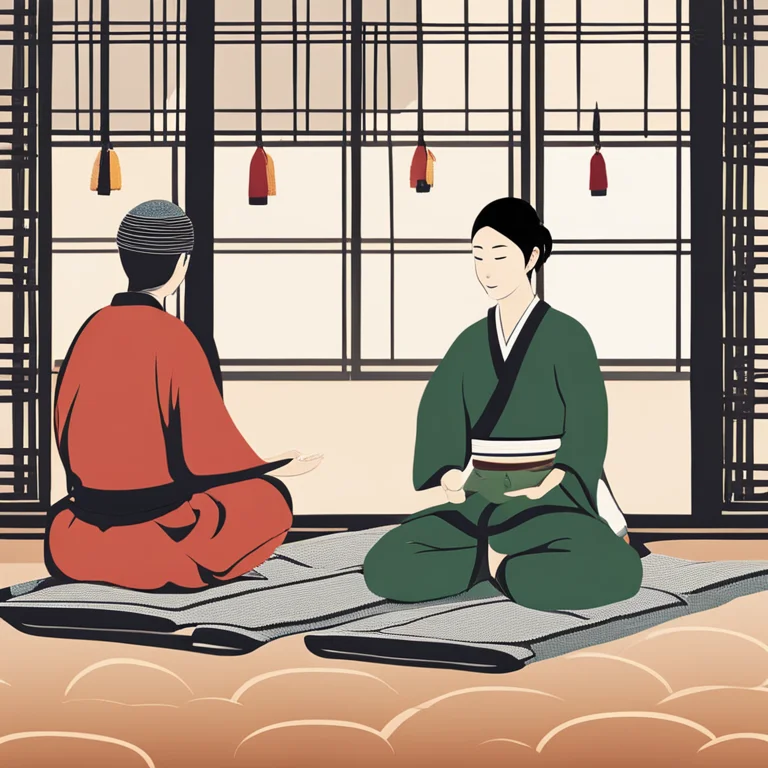
Mastering Meditation Postures for Harmony
Embrace inner tranquility and enhance your meditation experience with our guide on effective meditation positions for mind-body harmony.
article by Hina Kurosawa
Fundamentals of Meditation Postures
The marriage of body and mind lies at the heart of meditation, with posture playing a key role in cultivating balanced energy flow. A comfortable position invites calmness and prepares the practitioner for a journey inward. Central to this practice is the alignment of the spine, which supports relaxed breathing and a clear focus. Whether seated, standing, or lying down, the goal remains the same: to achieve ease in stillness, facilitating a serene meditation experience.

Seated Positions: The Classic Lotus
Seated positions are synonymous with traditional meditation, and the lotus pose, Padmasana, is often the image that springs to mind. This cross-legged position with feet placed on opposing thighs, demands flexibility but offers a stable base for pranayama and meditation. Half-lotus and simple cross-legged variations serve as accessible alternatives, accommodating all levels of flexibility and providing a foundation for mindfulness and deep contemplation.

Zafu and Zabuton: Enhancing Seated Comfort
Comfort is crucial for prolonged meditation, and the use of cushions like the Zafu and Zabuton optimize the experience. These traditional aids elevate the hips, encouraging natural spine alignment, and cushion the knees, respectively. The Zafu, with its buckwheat filling, adapts to the practitioner's form, while the Zabuton protects the ankles and legs from hard surfaces, edifying the notion that physical ease fosters mental clarity.

Standing Still: The Mountain Pose
The majesty of meditation need not be confined to the ground. Tadasana, or mountain pose, introduces the concept of meditative standing. Rooting feet into the earth, one draws up vitality while reaching skyward, embodying strength and stillness. This upright position channels focus through the body's midline, engaging a different spectrum of awareness and energy regulation, suitable for those seeking an alternative to seated postures.

Lying Down: The Corpse Pose
Savasana, the corpse pose, lies at the opposite end of the spectrum, inviting relaxation on one's back. The body, in repose, sinks into the supporting surface, dispersing tension and expanding awareness. This posture is a gateway to deep relaxation and is especially beneficial for those who experience discomfort sitting for extended periods. It proves that transformative meditation can also be a journey taken from a place of rest.
Incorporating Mindfulness into Any Position
The message is lucid: meditation is not confined to rigid forms, and mindfulness can permeate any posture. Daily activities offer countless opportunities to enter a meditative state. Whether washing dishes, taking a stroll, or waiting in line, one can adopt the essence of meditation - attentive presence. The transformative power lies in continual practice, seamlessly integrating into the fabric of everyday life.
Embracing Positional Variety
Variety sustains interest and growth in a meditator's practice. Shifting between postures not only alleviates physical strain but also exposes the mind to diverse meditation experiences. Transitional movements from one pose to another evolve into a meditative flow in themselves, teaching the body to find peace in motion and expanding the understanding of meditation beyond static poses.
Published: 1/9/2024
Modified: 1/9/2024
More predictions
Come back here soon to learn more about yourself and your future


The Harmony of Meditation & Sleep
Discover how meditation enhances sleep quality and overall well-being through mindful practices and relaxation techniques.


Mindful Rest: Integrating Meditation & Sleep for Well-being
Discover the synergy of meditation and sleep in enhancing mental, emotional, and physical health. This article delves into practices that combine these powerful restoration tools.


The Tranquil Bridge: Meditation's Impact on Sleep Quality
Discover how meditation can enhance sleep quality, weaving a path to better rest and well-being